✓ Joining us on our Whatsapp Channel: 💬 Explore and Escape!.
Booking through us:
✓ 🏩 🛌 Handpicked Luxury Stays in Budget: Booking.com | Agoda.com
✓ 🍹⛱️ Deals on Private xfers, SIM Cards, City tours, Day trips : 📍🗺️ GetYourGuide | 🛵🧳 Klook
There are great many things to do in South Korea, and so are in Jinju.
Nestled in the heart of South Korea lies a gem of a city – Jinju.
Surrounded by lush greenery, scenic mountains and dotted with cultural landmarks, Jinju offers a host of experiences that are sure to leave you spellbound.
From exploring ancient fortresses to feasting on sumptuous cuisine, and wandering through picturesque markets to soaking up the vibrant nightlife, there’s no shortage of things to do in Jinju.
So pack your bags, gear up for adventure and get ready to dive into this mesmerizing Korean city!
Without further ado listed below are some of the most fun things to do in Jinju:
1. Jinju Fortress
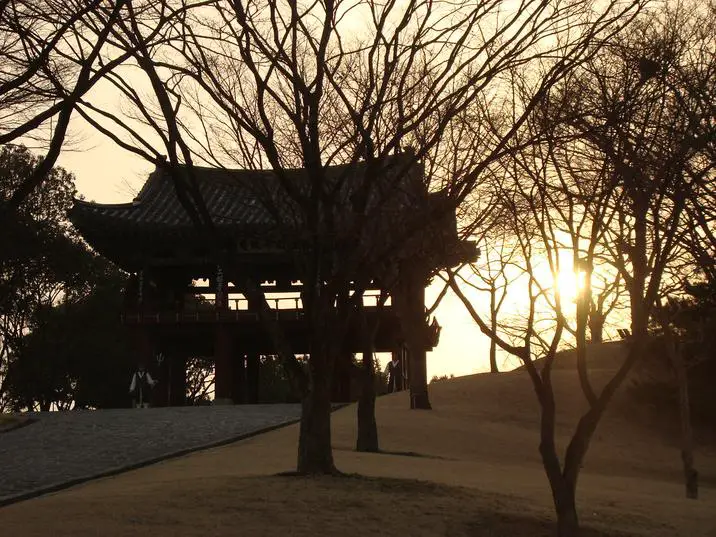
What to see or do:
Don’t miss:
Insider travel tips:
2. Chokseoknu Pavilion

Chokseoknu Pavilion is a historical pavilion that stands on a hill overlooking the Namgang River in Jinju, South Korea. Originally built in the 16th century, it has been reconstructed several times over the centuries.
What to see or do: Visitors can admire the elegant architecture of the pavilion and enjoy the scenic views of the river and surrounding mountains. It is also a popular spot for picnics and sunset watching.
Don’t miss: Don’t miss the annual Jinju Lantern Festival, which takes place in October and includes a stunning display of lanterns in and around the pavilion.
Insider travel tips: – The best time to visit is during the autumn months when the foliage is at its peak.
3. Jinjuseong Cultural Center
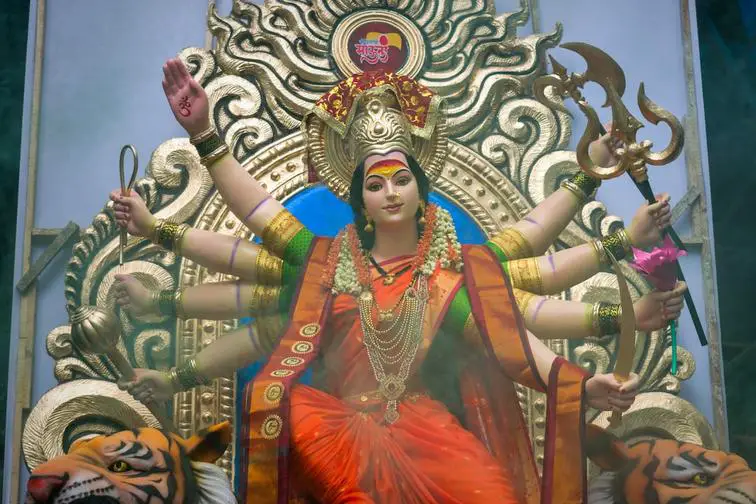
A cultural center located in the city of Jinju, South Korea, aimed at preserving and promoting the history and culture of the Jinjuseong Fortress.
What to see or do: Visitors can explore the various exhibition halls to learn about the history and significance of the fortress, as well as view artwork and artifacts related to the region’s culture.
There are also seasonal events and performances held throughout the year.
Don’t miss: The 3D virtual reality experience of the fortress, which allows visitors to explore the fortress in a unique and immersive way.
Also, make sure to visit the outdoor area to see the preserved remnants of the fortress walls.
Insider travel tips: Visit during the Jinju Namgang Yudeung Festival (Lantern Festival) to see the fortress lit up with thousands of traditional lanterns. It’s also recommended to take a guided tour to enhance your understanding and appreciation of the center and its exhibits.
4. Nam-gang River
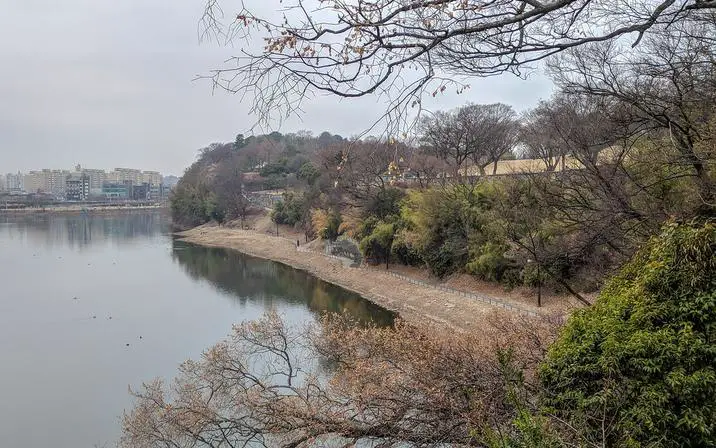
A serene river that flows through the city of Jinju in South Korea.
What to see or do: Visitors can take a stroll along the riverside walkway to admire the beauty of the river or rent a bicycle to explore the area.
Nam-gang River also hosts the Jinju Lantern Festival, a popular event that brightens up the city with a multitude of lanterns.
Don’t miss: The Nam-gang River Bridge, which offers stunning views of the river and the surrounding mountains. Also, check out the Jinju National Museum, located near the river, which displays the history of the Jinju region.
Insider travel tips: Try to visit during the Jinju Lantern Festival to witness the river come alive with colorful and intricately-designed lanterns.
For a more peaceful experience, visit during the early morning or late evening to avoid crowds and enjoy the serene atmosphere.
5. Jinju National Museum
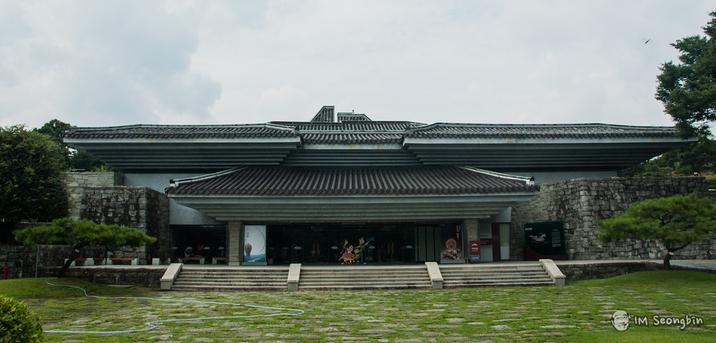
Jinju National Museum is a museum located in Jinju, South Korea that showcases the history and cultural heritage of the region.
What to see or do: Visitors can explore the various exhibitions that showcase archaeological findings, traditional art, and historical artifacts that date back to the prehistoric times of the Gaya Confederacy.
Don’t miss: The highlight of Jinju National Museum is the collection of ancient artifacts from the Battle of Jinju. The artifacts are preserved to depict the battle that took place in 1592 during the Imjin War.
Insider travel tips: Visit the museum during the annual Jinju Lantern Festival to experience the vibrant culture of the city. It is also recommended to take a guided tour of the museum to fully appreciate the rich history of Jinju.
6. Jinju Traditional Market
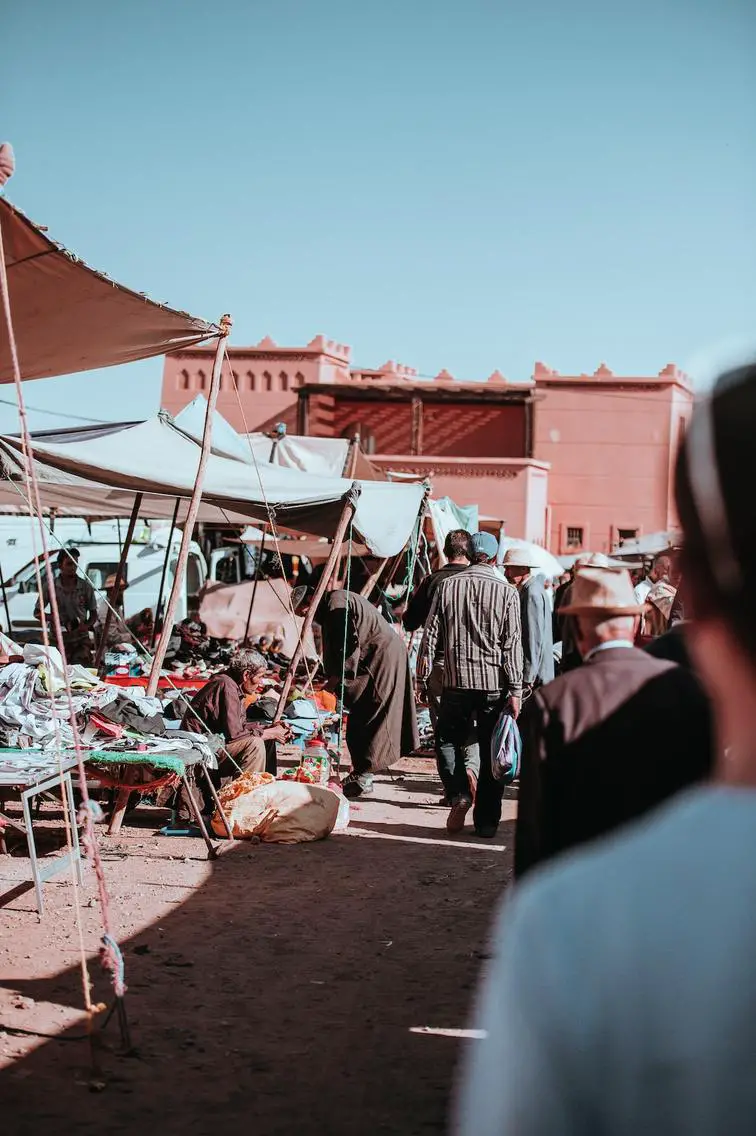
Jinju Traditional Market is a bustling marketplace in the city of Jinju in South Gyeongsang Province, South Korea. It is one of the oldest and largest traditional markets in the country.
What to see or do: Visitors will find a diverse array of goods, including fresh produce, seafood, dried foods, textiles, clothing, and electronics, among many others.
It is a great place to shop for souvenirs or gifts to take home. The market is also a culinary hub where visitors can taste a variety of Korean street food and delicacies.
Don’t miss: The market is especially lively during the annual Jinju Namgang Yudeung Festival, which takes place in October and features hundreds of floating lanterns along the Namgang River.
Visitors can witness the spectacle of the lit-up market from the river or stroll along the lantern-lit stalls.
Insider travel tips: The market is open daily from early morning until late evening, except on Sundays when it closes early. Bargaining is an accepted practice, so be sure to negotiate prices before buying.
Some stalls may not accept credit cards, so it is best to bring cash. Additionally, some stalls may offer samples of their products, so don’t hesitate to taste before you buy.
7. Gyeongsangnam-do Arboretum
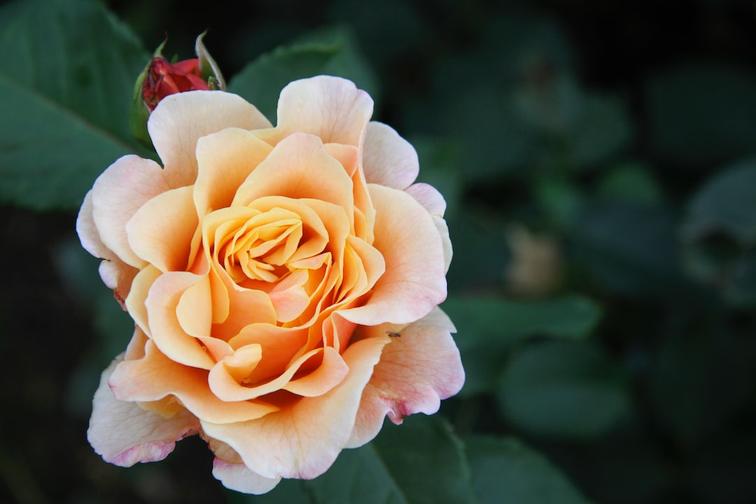
Gyeongsangnam-do Arboretum is a sprawling garden spanning over 205,000 square meters and displaying around 2,500 different species of plants and trees from all over Korea and the world.
What to see or do: Take a leisurely walk along the forest path, enjoy the serene atmosphere, take in the beautiful landscape, and learn about the various plants and trees that call this arboretum home.
The various themed gardens, such as the rock garden, the water garden, and the medicinal plant garden, offer a unique and educational experience.
Don’t miss: The arboretum features an impressive greenhouse where you can observe tropical plants and exotic flowers.
Additionally, you shouldn’t miss the water lily pond, where you can admire the exquisite water lilies in full bloom during the summer months.
Insider travel tips: Make sure to wear comfortable shoes, as the arboretum covers a large area and requires a fair amount of walking.
If you are planning to visit during peak season, it is advisable to arrive early in the morning to avoid crowds.
Finally, don’t forget to bring a camera to capture the beautiful scenery and unique flora.
8. Jinju Arts and Culture Center
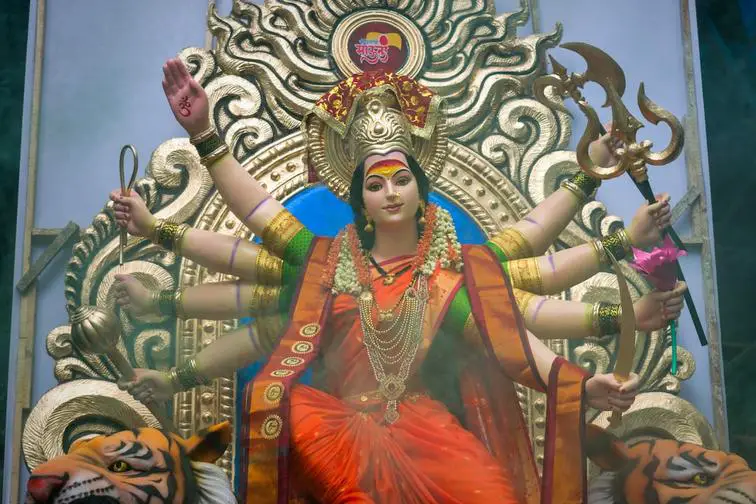
Jinju Arts and Culture Center is a world-class complex dedicated to promoting and preserving Korean culture.
What to see or do: Visitors can explore several galleries that display an array of Korean art forms, including traditional ceramics, paintings, sculptures, and handicrafts.
The center also houses a theater, where you can catch a variety of performances such as music concerts, dance shows, and drama productions.
Don’t miss: Don’t miss a chance to participate in one of the center’s cultural programs, such as making traditional Korean pottery or learning how to play the Korean drum.
Insider travel tips: Plan your visit around one of the center’s annual festivals, such as the Jinju Namgang Yudeung Festival, which features thousands of colorful lanterns floating down the Nam River.
9. Jinju Namgang Yudeung Festival
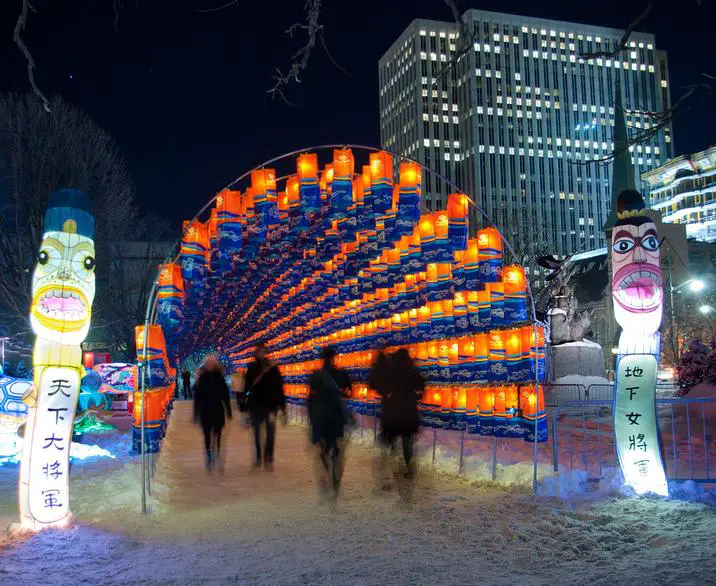
Jinju Namgang Yudeung Festival is an annual lantern festival held in Jinju, South Korea.
What to see or do: The festival features thousands of colorful lanterns illuminated along the Namgang River, as well as cultural performances, fireworks shows, and traditional Korean food and crafts.
Visitors can also participate in lantern-making workshops and release lanterns onto the river.
Don’t miss: The highlight of the festival is the majestic lantern parade, featuring giant lantern floats depicting historical and cultural scenes. This parade is a visual spectacle not to be missed.
Insider travel tips: Arrive early to secure a good viewing spot for the lantern parade. Dress warmly as temperatures can be chilly at night.
Be sure to taste the hotteok, a sweet Korean pancake sold by many food vendors at the festival.
10. Namwon Songgwangsa Temple
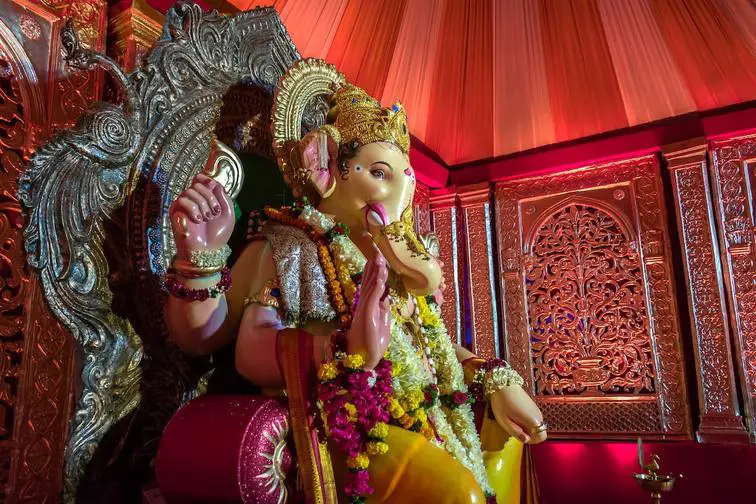
Namwon Songgwangsa Temple is a historic Buddhist temple dating back to the 9th century.
It is located in the city of Namwon in South Korea and is considered one of the three great temples of the Jogye Order.
What to see or do: Visitors can explore the serene temple grounds and admire the intricate architecture of the various buildings and statues. There are also several cultural events held throughout the year, including lantern festivals and lotus flower exhibitions.
Don’t miss: The main hall, Daeungjeon, is a must-see with its towering ceiling and stunning Buddha statue. The temple also has a beautiful pagoda, Gakhwangjeon, which provides impressive views of the surrounding mountains and countryside.
Insider travel tips: For a truly unique experience, consider staying overnight at the temple in one of the traditional guesthouses. Make sure to try the vegetarian temple food, which is both healthy and delicious.
Additionally, the temple is located near the Namwon Hwaeom Folk Village, which provides a glimpse into South Korea’s traditional way of life.
11. Hegang Bridge
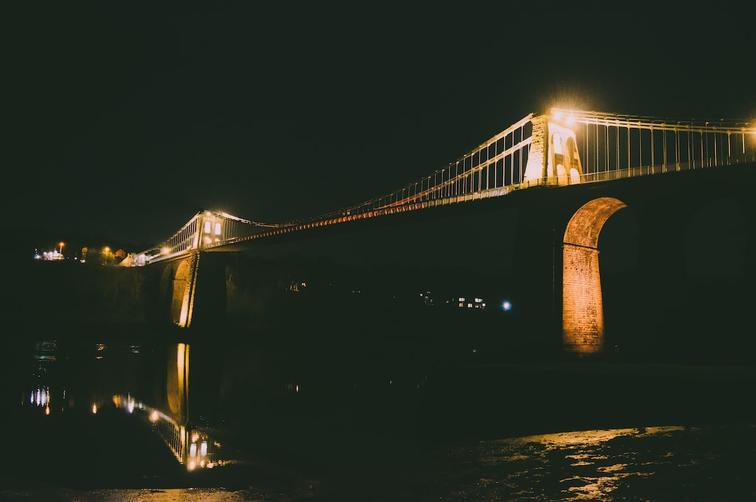
Hegang Bridge is a historic bridge located in Jinju, South Korea.
What to see or do: Visitors can take a stroll along the bridge and enjoy the scenic views of the nearby river.
Don’t miss: Don’t miss the opportunity to take photos of the bridge and its surroundings during sunset when the sky is painted in beautiful hues of orange and yellow.
Insider travel tips: It is recommended to visit Hegang Bridge during weekdays to avoid crowds and enjoy a leisurely walk. Parking is available nearby for those traveling by car.
12. Mt Jiri National Park
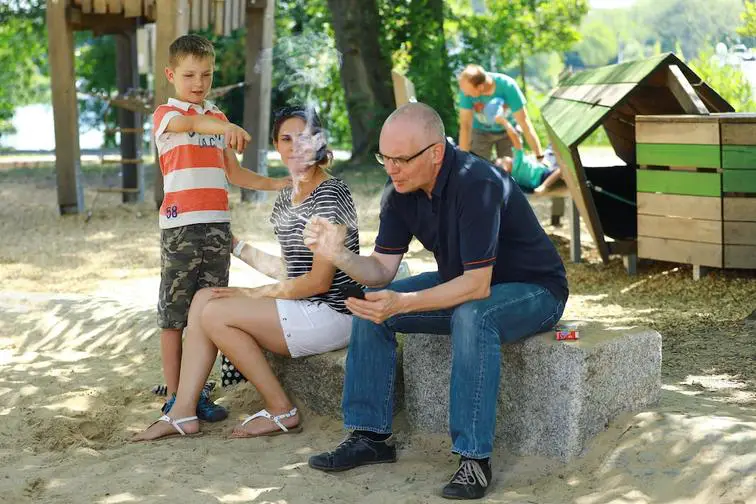
Mt Jiri National Park is the largest national park in South Korea, located in the southern area of the country. It is known for its stunning natural beauty, including jagged peaks, crystal-clear streams, and vibrant flora.
What to see or do: Hiking – Mt Jiri offers a wide range of hiking trails for both novice and experienced hikers.
Don’t miss: Don’t miss the opportunity to visit the park’s ancient temples, including Hwaeomsa Temple, which dates back to the early 6th century.
Insider travel tips: -Plan your visit for the fall when the colors of the leaves change, giving the park a dramatic and beautiful look.
13. Gyeongnam Traditional Culture Center
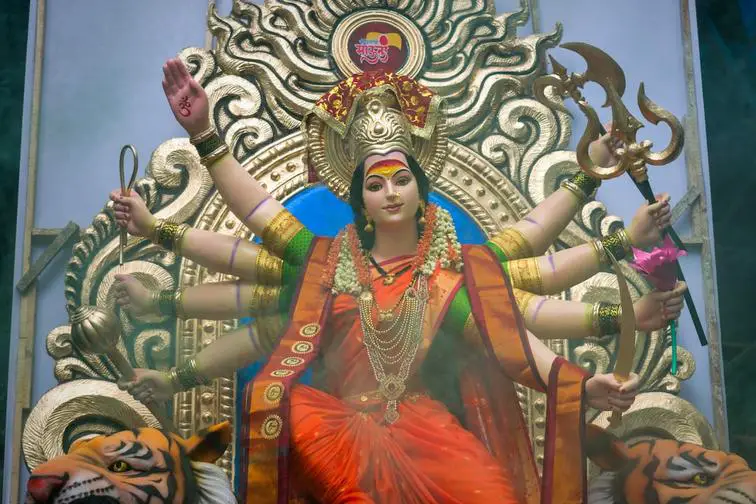
The Gyeongnam Traditional Culture Center is a must-visit destination for those who want to understand the traditional culture of Gyeongsangnam-do province in South Korea.
What to see or do: There are various exhibits and activities that visitors can enjoy at the Gyeongnam Traditional Culture Center, including traditional dances, cooking classes, and craft experiences.
Visitors can also explore the beautiful gardens and traditional Korean houses on the grounds of the center.
Don’t miss: One of the highlights of a visit to the Gyeongnam Traditional Culture Center is the chance to witness the Dongnae Eumseong performance, a traditional Korean percussion and dance show.
Another must-see attraction is the center’s Treasures of Gyeongnam exhibit featuring the region’s cultural artifacts and history.
Insider travel tips: Take the time to explore the beautiful garden behind the cultural center, which is particularly stunning during the spring and autumn seasons.
Visitors should also try to attend a traditional tea ceremony at the center’s tea house.
And if you’re looking to take home a unique souvenir, stop by the center’s gift shop for traditional Korean crafts and products.
14. Eulsukdo Island

Eulsukdo Island is a scenic island located in the middle of the Nam-gang River in Jinju, South Korea.
What to see or do: Visitors can enjoy a walk along the peaceful walking trails that stretch across the island, observe a variety of birds and natural habitats, and take in stunning views of the surrounding landscape.
The island is also home to a cultural exhibition hall, a soccer field, and a bike park.
Don’t miss: Make sure to visit the Hanmadang, a traditional market held every Sunday on Eulsukdo Island, where visitors can sample authentic Korean street food and shop for local crafts.
Insider travel tips: Visit the island during the fall season to witness the breathtaking foliage and enjoy pleasant temperatures. Avoid peak hours during the weekend to avoid crowds and have a more peaceful experience.
Don’t forget to bring your camera to capture the beautiful scenery.